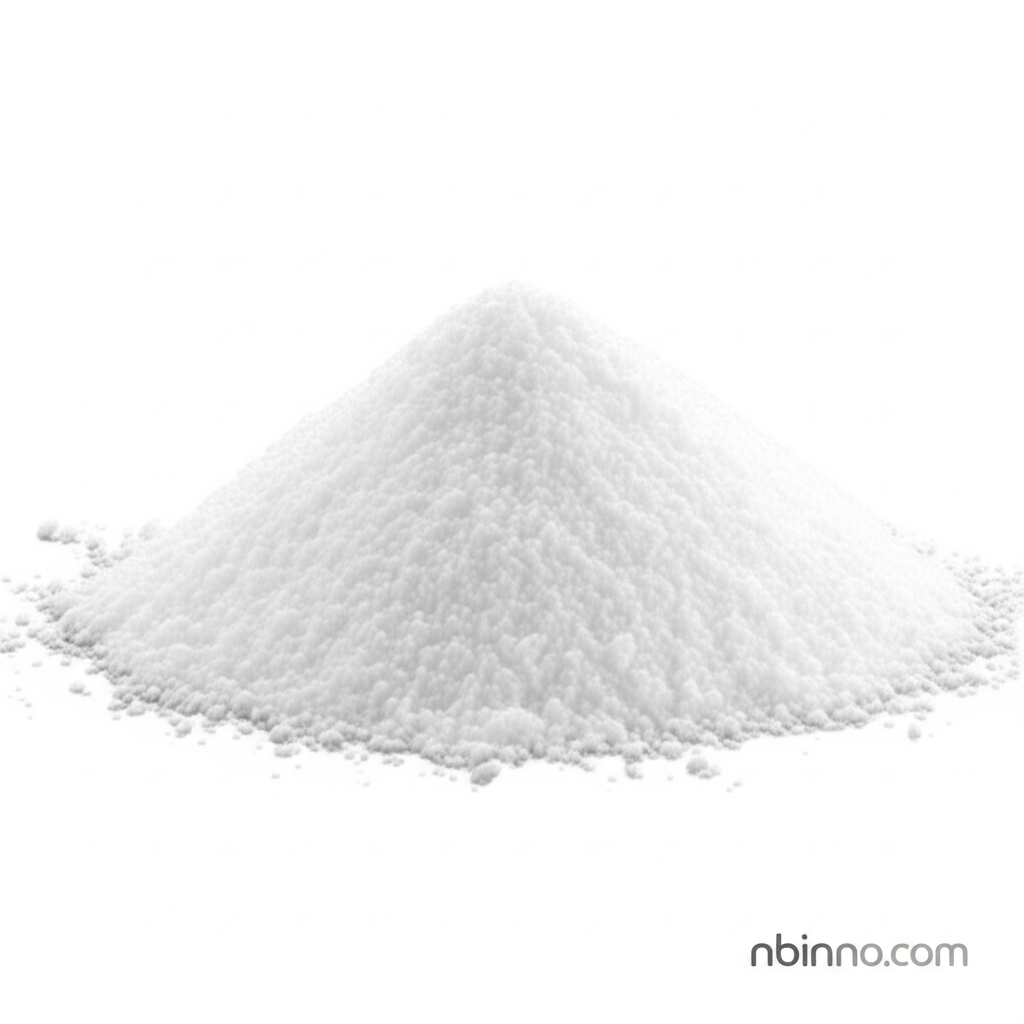Nadic Anhydride: Enhancing Resin Properties for Superior Performance
Discover the transformative capabilities of Nadic Anhydride (NA), a key chemical intermediate that elevates the performance of resins in demanding industrial applications.
Get a Quote & SampleProduct Core Value

Nadic Anhydride
As a premier supplier in China, we offer Nadic Anhydride (NA), a crucial chemical intermediate with CAS 826-62-0. Its unique bicyclic structure allows it to significantly improve the properties of various resins. NA is instrumental in enhancing the air-drying characteristics, heat resistance, degree of finish, electrical properties, corrosion resistance, and mechanical strength of unsaturated polyester resins when compared to those modified with phthalic anhydride or THPA. Furthermore, it serves as an excellent curing agent for epoxy resins, making it suitable for casting, laminating, and powder molding applications, yielding cured products with exceptional weather resistance, heat resistance, and electrical properties. This versatile compound also acts as a modifying agent for alkyd resin, urea-formaldehyde resin, and melamine resins, and finds utility in pesticides, sulfide modifiers, plasticizers, and textile penetrating agents. We are a reliable manufacturer in China, committed to delivering high-quality chemical solutions.
- Explore the benefits of using Nadic Anhydride for epoxy resin curing to achieve superior product performance and durability.
- Learn how Nadic Anhydride applications can significantly enhance the heat resistance and electrical properties of industrial coatings.
- Understand the role of Nadic Anhydride CAS 826-62-0 as a chemical intermediate in synthesizing advanced materials.
- Discover how Nadic Anhydride is utilized to modify alkyd resins, improving their overall performance characteristics.
Advantages Brought by the Product
Enhanced Resin Properties
Nadic Anhydride significantly boosts the performance of resins. Its application in unsaturated polyester resins results in superior air-drying, elevated heat resistance, and improved mechanical strength, making it a valuable component for high-performance coatings.
Superior Epoxy Curing
As a curing agent for epoxy resins, NA provides excellent weather resistance, heat resistance, and electrical properties. This makes it an ideal choice for demanding applications in casting, laminating, and powder molding, contributing to the longevity and reliability of cured products.
Versatile Modification Capabilities
The ability of Nadic Anhydride to act as a modifying agent for alkyd resins, urea-formaldehyde resins, and melamine resins broadens its applicability across various industries, allowing for tailored material properties and enhanced product performance.
Key Applications
Resin Modification
Nadic Anhydride is a key component for enhancing the properties of polyester and other resins, leading to materials with improved heat resistance and durability. Researching how to modify alkyd resins with Nadic Anhydride can unlock new product potentials.
Epoxy Resin Curing
Its role as an epoxy resin curing agent is critical for applications demanding high performance. The precise curing facilitated by Nadic Anhydride CAS 826-62-0 ensures excellent electrical properties in the final product.
Industrial Coatings
By improving heat resistance and finish, Nadic Anhydride is a valuable additive for industrial coatings, ensuring longevity and aesthetic appeal in challenging environments.
Specialty Chemical Use
Beyond resins, Nadic Anhydride is also employed in the synthesis of pesticides, plasticizers, and as a textile penetrating agent, showcasing its broad utility as a chemical intermediate.
